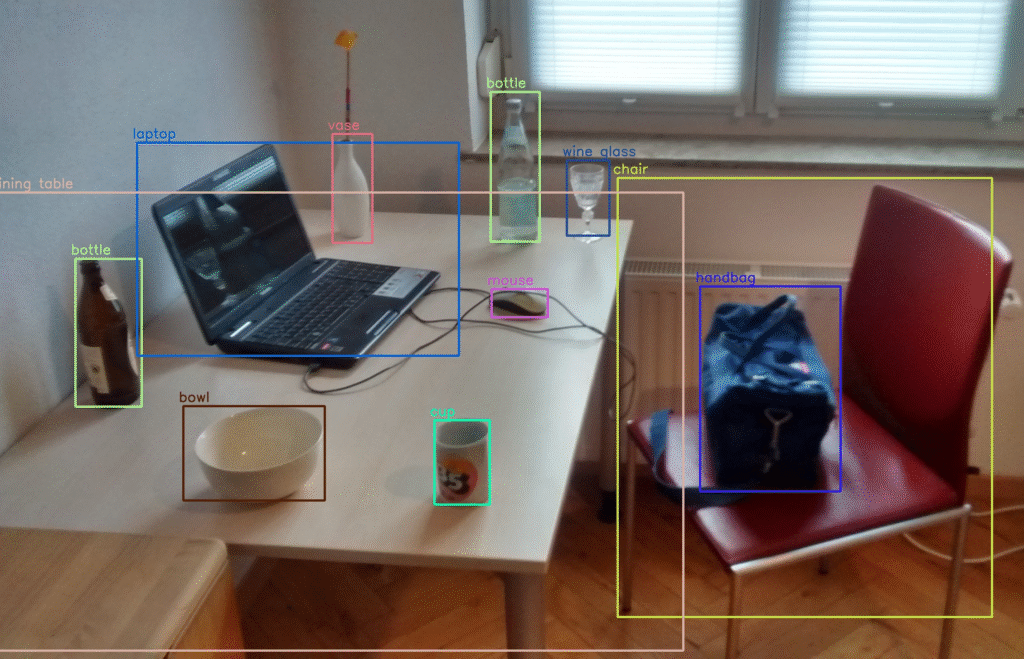Stand Out with Real-World, Impressive Projects That Showcase Your Skills
If you’re learning data science or switching careers, having a strong portfolio is essential. Recruiters want to see real work — not just certificates. That’s where data science projects for portfolio building come in.
In this guide, we’ll walk through practical, beginner-to-advanced project ideas, show you what skills they highlight, and give tips on how to present them effectively.
Why Portfolio Projects Matter
Certificates and degrees are helpful, but they don’t show how you think, code, and solve problems. A solid project, on the other hand, can do all that.
Good portfolio projects can:
- Show off your technical skills
- Highlight your problem-solving mindset
- Prove you can handle real-world data
- Make you stand out in job interviews
- Help build confidence as you grow
What Makes a Good Data Science Project?
Before jumping in, here’s what you should aim for in a project:
- Originality: Avoid copy-pasting tutorials. Add your own ideas.
- Storytelling: Explain the “why” and “how” behind your work.
- Clarity: Make sure your code, charts, and results are easy to follow.
- Relevance: Choose topics that align with the job or industry you want.
- End-to-end workflow: Include everything — from data cleaning to final insights or model deployment.
Top 10 Data Science Projects for Portfolio Building

Here’s a list of portfolio-worthy data science project ideas, broken down by complexity and skills.
1. Customer Churn Prediction
Skill Level: Intermediate
Tools: Python, Pandas, Scikit-learn
Goal: Predict which customers are likely to leave a company using past behavioral data.
Use: Classification algorithms, data preprocessing, feature engineering, and evaluation metrics.
2. Movie Recommendation System
Skill Level: Intermediate
Tools: Python, Surprise, Streamlit (for UI)
Goal: Build a system that recommends movies based on past user preferences.
Try both content-based and collaborative filtering models for variety.
3. House Price Prediction Model
Skill Level: Beginner to Intermediate
Tools: Python, Jupyter, XGBoost
Goal: Predict home prices based on square footage, location, age, etc.
Use datasets from Kaggle like the “House Prices: Advanced Regression” dataset.
4. Sentiment Analysis on Tweets
Skill Level: Beginner
Tools: Python, Tweepy, TextBlob
Goal: Classify tweets as positive, negative, or neutral.
A great way to learn NLP and apply text classification using live data.
5. E-commerce Product Category Prediction
Skill Level: Advanced
Tools: Python, TensorFlow or PyTorch
Goal: Automatically categorize products based on their name and description.
Useful for companies managing large product catalogs.
6. Stock Price Forecasting Using Time Series

Skill Level: Advanced
Tools: Python, ARIMA, LSTM
Goal: Predict stock or crypto prices based on historical data.
It’s complex but showcases skills in time-series modeling and data handling.
7. Fake News Detection
Skill Level: Intermediate
Tools: Python, NLP libraries, Scikit-learn
Goal: Use natural language processing to classify news articles as real or fake.
Useful and socially relevant — makes for a great conversation starter in interviews.
8. Real-Time Object Detection App
Skill Level: Advanced
Tools: OpenCV, TensorFlow, Flask
Goal: Build a simple web app that detects objects using a webcam.
Great for computer vision experience and shows end-to-end deployment.
9. COVID-19 Data Tracker Dashboard
Skill Level: Beginner
Tools: Python, Plotly, Dash
Goal: Create an interactive dashboard with updated COVID-19 stats.
Teaches data scraping, visualization, and dashboard design.
10. Resume Parser Using NLP
Skill Level: Intermediate
Tools: Spacy, NLTK, Flask
Goal: Extract skills, experience, and education sections from resumes.
Useful in HR tech and automation projects.
Visual: Data Science Projects for Portfolio Building Roadmap
Tips to Make Your Portfolio Shine
Here are some quick ways to make your data science portfolio more professional and impressive:
Host your work online:
- Use GitHub to show your code
- Use Streamlit or Flask to demo your apps
- Use Notion or Medium to explain your projects
Add ReadMe files:
A good ReadMe helps others (and recruiters) understand your work at a glance.
Write about your process:
Share how you approached the problem, what went wrong, what you learned, and what could be improved.
Real-World Example: Churn Prediction Case Study
Let’s say you’re applying for a job in fintech. You build a churn model using a mock dataset from a credit card company. You highlight that you reduced prediction error by 20%, improved feature selection using SHAP values, and deployed it using Streamlit.
That single project now tells a complete story — and proves you can do the job.
Final Thoughts
When it comes to standing out in data science, projects speak louder than resumes. Focus on quality over quantity and pick projects that show off your problem-solving ability, not just your coding skills.
Start simple, stay curious, and build things that excite you. Over time, your portfolio will become your strongest tool for landing a job or freelance opportunity in data science.
Frequently Asked Questions: Data Science Projects for Portfolio Building
1. Why do I need a portfolio to get a data science job?
A portfolio shows that you can apply your skills in real-world situations. It proves you can work with data, think critically, and communicate results — qualities employers look for beyond your resume.
2. How many projects should I include in my portfolio?
Aim for 3 to 5 strong projects that cover different skills like data cleaning, modeling, and visualization. Quality matters more than quantity.
3. What’s the best project to start with as a beginner?
Try something simple like a house price prediction model or tweet sentiment analysis. These teach core skills like data preprocessing, regression, or classification.
4. Should I use public datasets or collect my own data?
Both are great! Start with public datasets (like those on Kaggle or UCI), then try scraping your own data to show initiative and creativity.
5. Do I need to deploy my project to make it stand out?
Deploying is optional but powerful. Hosting a model on Streamlit or building a dashboard with Dash shows you’re thinking end-to-end, just like in real jobs.
6. What tools should I learn for building portfolio projects?
At a minimum, know Python, Pandas, NumPy, Matplotlib, and Scikit-learn. As you advance, explore TensorFlow, Flask, SQL, and cloud platforms like AWS or GCP.
7. How do I explain my project in interviews?
Use a simple format:
- What problem were you solving?
- How did you solve it?
- What tools and methods did you use?
- What were the results?
- What did you learn or improve?
8. Where should I host my portfolio projects?

Use GitHub to share your code, Medium or Notion to write about your process, and Streamlit or Heroku to demo apps.
9. Do hiring managers actually look at portfolios?
Yes! Many recruiters and hiring managers browse GitHub or ask about projects in interviews. A good portfolio can even help you land interviews.
10. How can I make my portfolio look more professional?
- Use clean, well-commented code
- Add a clear README file
- Include charts or visuals
- Write a short blog or case study
- Organize your GitHub like a mini-website
